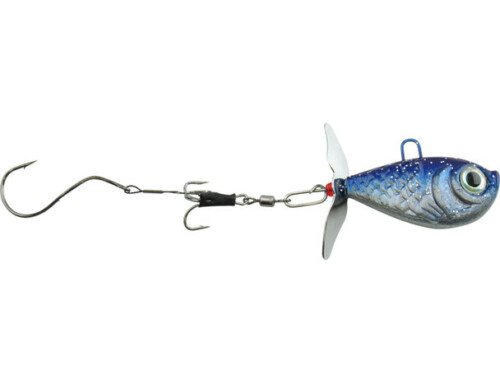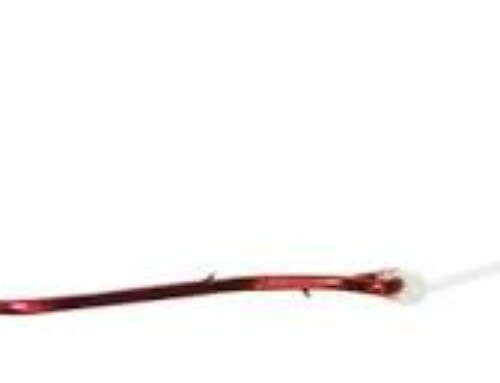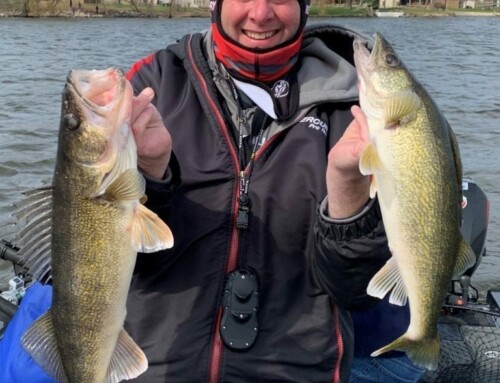If you live in the Upper Midwest, one of the most sought after fish is the yellow perch, also known as Ringed Perch, Lake Perch, or Raccoon Perch. We are lucky to have some of the best fisheries in the country in our backyard including all of the Great Lakes, Devil’s Lake, Mille Lacs and Lake Winnebago. There are many small lakes and rivers which can rival any of the above mentioned waters.
 Perch are typically a schooling fish, which move from place to place seeking food sources. When found, they like to thrive in the bottom portion of the water column, especially at or near the bottom of the lake or river. Their natural diet consists of small fish, fish eggs, insects, crayfish, snails, leeches and worms. They are very active daytime feeders for most of the year, but tend to feed in short spurts. Moving often is suggested (every 30 minutes or so), especially during ice fishing, until you locate an active school of fish.
Perch are typically a schooling fish, which move from place to place seeking food sources. When found, they like to thrive in the bottom portion of the water column, especially at or near the bottom of the lake or river. Their natural diet consists of small fish, fish eggs, insects, crayfish, snails, leeches and worms. They are very active daytime feeders for most of the year, but tend to feed in short spurts. Moving often is suggested (every 30 minutes or so), especially during ice fishing, until you locate an active school of fish.
Focusing on transition areas within the lake (rock to mud, sand to rock etc.) is a key element in locating the perch initially. Good electronics will also make this task easier. However, remember that these little critters are always on the move as they are a migrating fish. A minor repositioning of a boat on a favorite location may just be enough to make your day successful.
These fish are naturally very curious. Many times in the Winnebago system, they follow the sturgeon around the lake. The sturgeons tend to stir the bottom content, exposing easy meals for the perch such as red worms.
Using this bit of information to your advantage, fishermen can emulate this natural occurrence by one of two ways. Many experienced perch fishermen will pound the bottom of the lake under the boat with a stick or rod. The perch will see the commotion and be naturally attracted to the disturbance. This will expose natural food sources and your bait to the school of fish. A second version is to pull the anchor of the boat along the bottom. You can then fish the rut which has been created. Once the action slows down, repeat the procedure.
Perch are also very attracted by color and flash. If using a slip bobber setup (or dead sticking), add a small colored bead just above the bait on the main line. The bead acts as a beacon to find the natural bait. This will increase catch rates greatly, especially in stained water. Another “old timer” trick is to add a colored plastic flag to the anchor rope. The current will wave the flag to attract the school of fish.
Equipment should be focused on light-weight gear. Nothing more than six-pound test line and in most cases a four-lb mono can be ideal. A light rod or ultra light is preferred to detect light bites. A stiffer composite rod can help set the hook. I prefer a Kahle offset hook while fishing perch as it has a higher hook-up percentage than a standard hook. Remember when fishing perch, use the lightest weight rod, hook, sinker, and line as conditions allow.
The best perch rig I have used consists of a pass-through egg sinker. After the egg sinker is placed on the line, add a small swivel (to prevent the sinker from sliding down to the hook) followed by a two-foot mono or fluorocarbon lead, colored bead and Kahle hook. The egg sinker will sit on the bottom, and the bait will be presented in the strike zone. When the perch takes the bait, it will not fell the sinker attached as the line passes through the sinker. Watch the line as it tightens, and then set the hook. This method is deadly tactic in the summer for walleye also.
Using these techniques can enhance your day on the water. Perch fishing is a finesse presentation and the little things make a huge difference.





